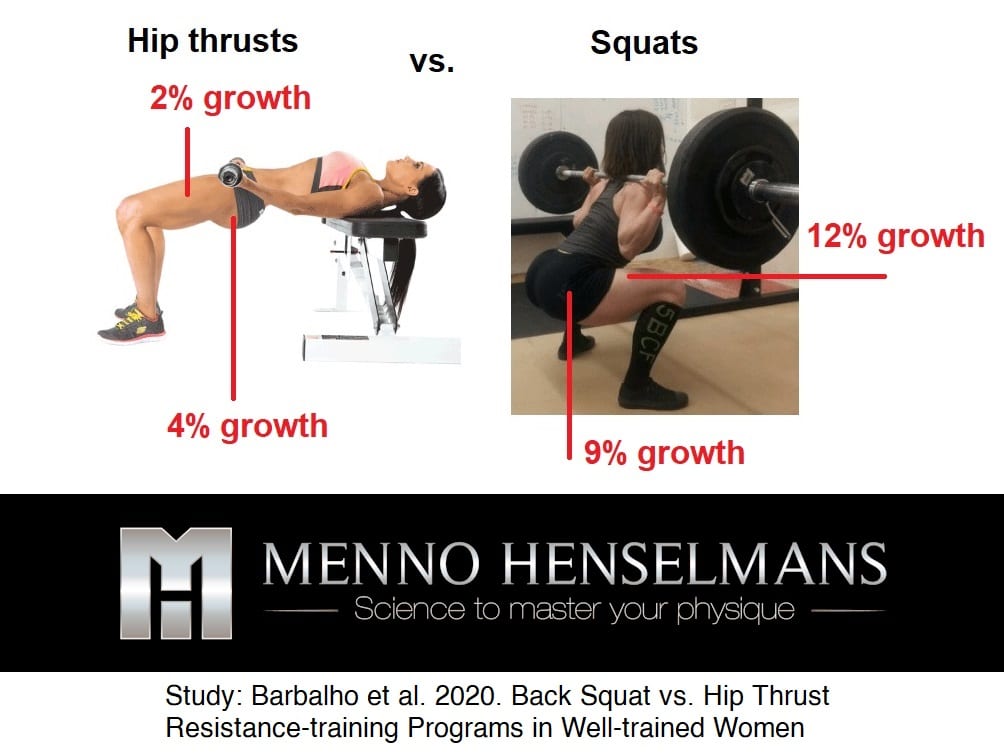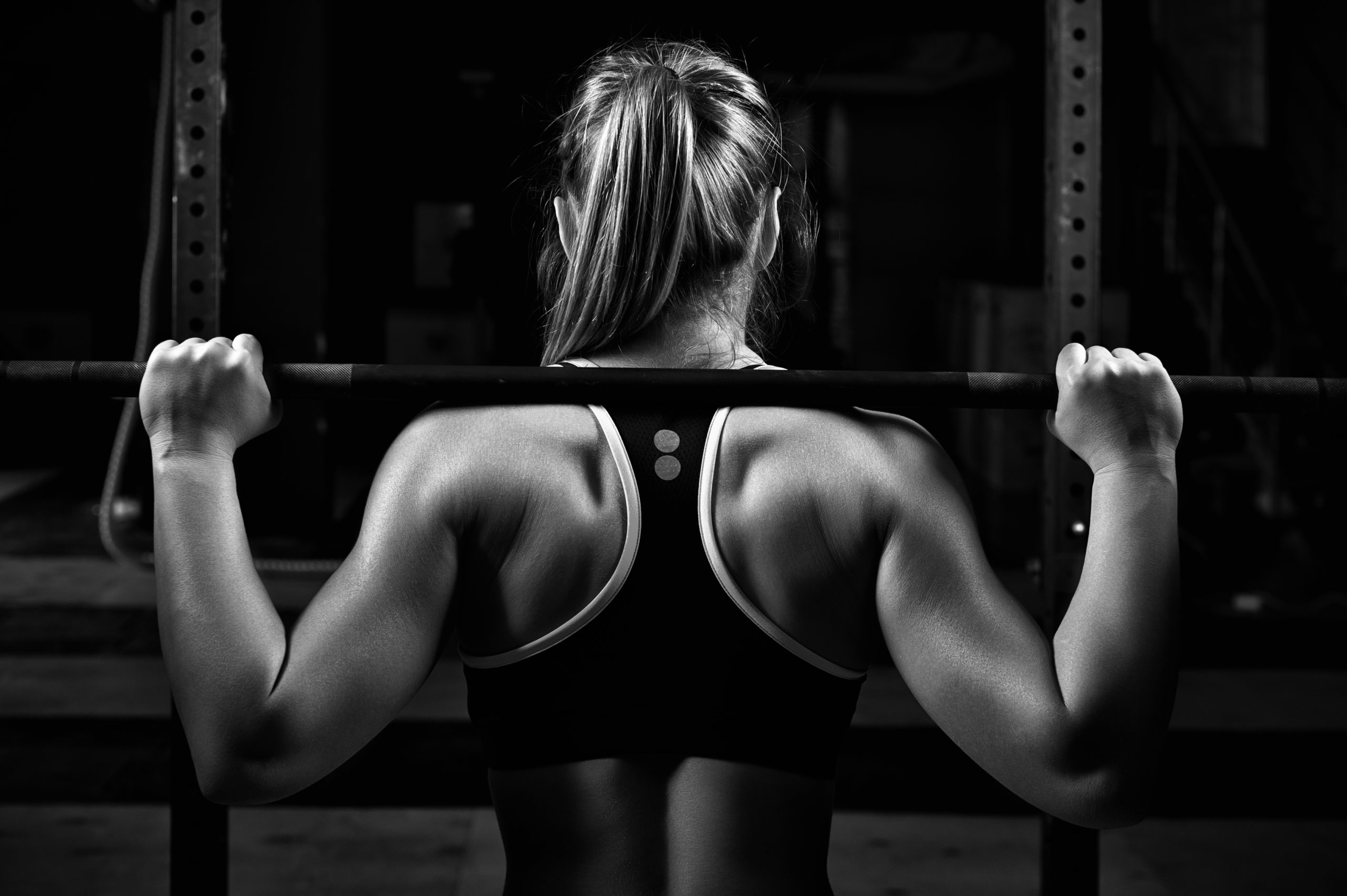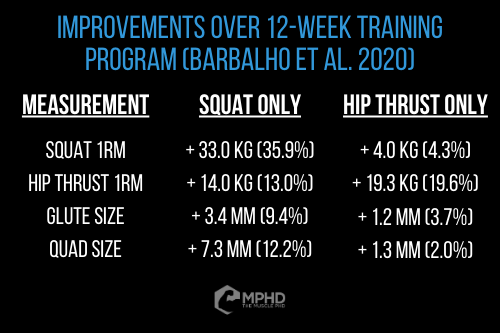I'm thinking, then, that hip thrusts are more of an SPP programming item,
Hip Thrust
I would not catagorize them as Special Physical Prepardness Training any more so than performing Hamstring Curls, Leg Extension, etc.
hip thrusts and kb swings to be a "horizontal" hip hinge movement. So if you're already doing swings,
Horizontal Hip "Thrust" Hinge Movement
Good point.
Kettlebells Swing involves the Glutes.
Both of these movement fall into the the category of being a Descending Strength Curve Movement; the OverLoading occurs at the End of The Range of these Movements. The initial phase of the Movement is fairly easy; which may assist with the Deadlift. More below.
The hip thrust is the only lower body movement that can be significantly loaded horizontally.
As Alan points out, Hip Thrust allow you to significantly horizontally employ heavier loads for the Glutes.
Band Kneeling Hip Thrusts
Personally, one of my preferences is this...
Perhaps they can increase a squat
fSquats vs. hip thrusts for glute growth: which is better? [New study review]
Squats vs. hip thrusts for glute growth: which is better?
While there probably is some carryover of Hip Thrust to Squat, it may be minimal.
As per this research...
Squats led to significant muscle growth in the glutes as well as the quads, and significant strength gains in the squat as well as the hip thrust.
Squats blew hip thrusts out of the water...
Squats led to over double the glute growth and about 6 times more quad growth(!)
...Full squats achieve high tension on the glutes as well as the quads over almost their full ROM.
Let's address this...
Dr Brad Schoenfeld's Hyperterophy Research
Schoenfeld identified optimize Hypertrophy Training was elicited with...
1) Mechanical Tension
This means Maxium Strength Training with Heavy Load, Low Repetitions, and Long Rest Periods Between Sets.
2) Metabolic Stress
This means "The Pump" or "The Burn"; flooding the muscles with blood.
Light to Moderate Loads for Moderte to High Repetitions Per Set, with Short Rest Periods Between Sets.
3) Muscle Damage
a) Pushing an Exercise to failure or near failure InFrequently.
b) Full Range Movements
As the article states, "...
high tension on the glutes as well as the quads over almost their full ROM".
Full Range Movements of muscles (Full Squats, Dumbbell Bench Press, Deficit Deadlifts, etc) produce muscle damage: which promotes and Anabolic, Muscle Building Effect.
Take-Home Messages
One of the Take Home Messages is...
For maximum glute growth, you need more than 1 exercise. In other word, Hip Thrust in conjuctions with something like Squats, Kettlebell Swings, Deadlifts, etc should be considered if your objective is to increase Glute Strength and/or Size
Squats Vs Hip Thrust
The bodybuilding community has rallied around the squat and hip thrust for glute development, but which exercise is better? New research may have the answer.

themusclephd.com
Another Chart...
Conclusion
"...
You should never do just one exercise to develop a given muscle group. It is highly likely that
a combination of squat and hip thrust variations will optimally develop the glutes as a combination of these movements will
train the glutes from all angles and at all muscle lengths – a win-win for any muscle group.
Butt To The Bar
My Analysis
In the top part of a Max Effort Deadlift, the Butt Needs To Be Driven To The Bar To Complete The Lift.
For individuals with a Top End issues in locking out the Deadlift, some type of Assistance Training Hip Thrust Exercise Movement should be considered.




